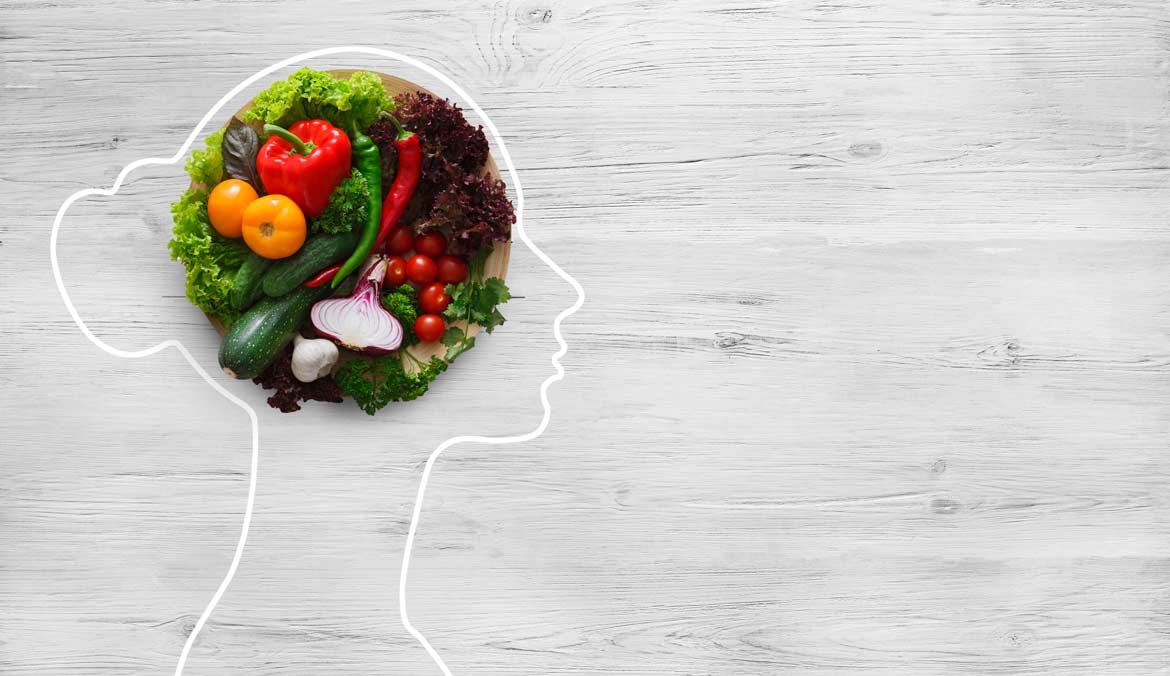
It might seem bizarre to compare a blocked stoma to a blocked sink, but in reality, the same advice applies. It’s all about watching what you put in and if you have an obstruction, how to flush it away.
In this guide, we’ll give you practical advice and tips on everything from the common causes of a stoma blockage and how to clear it to looking out for the tell-tale symptoms.
A stoma blockage can be caused by damage to the bowel, such as adhesions and scar tissue, that prevent waste from passing through.
But by far the biggest cause of an obstruction is indigestible food. The good news is that blockages caused by food are preventable.
So, let’s go back to the sink analogy. Just as you know you can’t force a whole potato down your plughole, you’ll soon learn how to avoid causing an obstruction in your bowel.
As we pointed out earlier, most obstructions are preventable. For starters, it’s good to know which foods are the prime suspects when it comes to causing a stoma blockage. Then it comes down to simply enjoying your food – taking your time to chew and savour every mouthful.

When you first have a stoma, you’ll be advised to follow a soft diet. The reason for this is simple; it’s easier to digest. So, it stands to reason that foods with a hard-outer layer will be difficult to digest. Foods that most commonly cause a blockage include:
• Sweetcorn
• Peas
• Beans
• Nuts and seeds
• Orange and grapefruit pith
• Pineapple
• Beansprouts
• Raw vegetables
• Coconut
• Mango and dried fruit
Of course, everybody is different. We advise slowly introducing these foods into your diet, one at a time in small quantities, to see how they affect you. Read more stoma dietary advice.
Regardless of the food that’s on your menu, there are some tips you should certainly get your teeth into:
• Chew your food properly to digest it easily.
• Take your time and never eat in a hurry.
• Plan your meals in advance and shop specifically for them.
• Enjoy smaller, more frequent meals, rather than sitting down to larger plates of food.
• Always accompany your food with a glass of water.
It’s highly likely that you’ll know in advance if you have a blockage. Here are just some of the early warning signs:
• Lack of appetite
• Constipation / lack of stools (colostomy)
• Non-functioning stoma (ileostomy)
• Watery stools (more so than normal)
• Abdominal pain and stomach cramps
• Nausea and/or vomiting
• Bloated stomach
The first thing to do is not panic. Most blockages can be cleared yourself using a few tried and trusted remedies.
DO drink more fluids including peppermint tea to try to flush the blockage away
DON’T carry on eating and hope it will go away on its own
DO enjoy a warm bath to ease the discomfort
DON’T take any oral pain relief
DO try to manipulate your stomach muscles, draw your knees to your chest or rock from side to side to stimulate your bowel
DON’T attempt vigorous stomach exercises to force the issue
DO contact your stoma nurse if symptoms persist for more than 12 hours
DON’T leave it any longer
DO go straight to A&E if you experience vomiting and severe stomach pain
DON’T ignore these potentially harmful signs